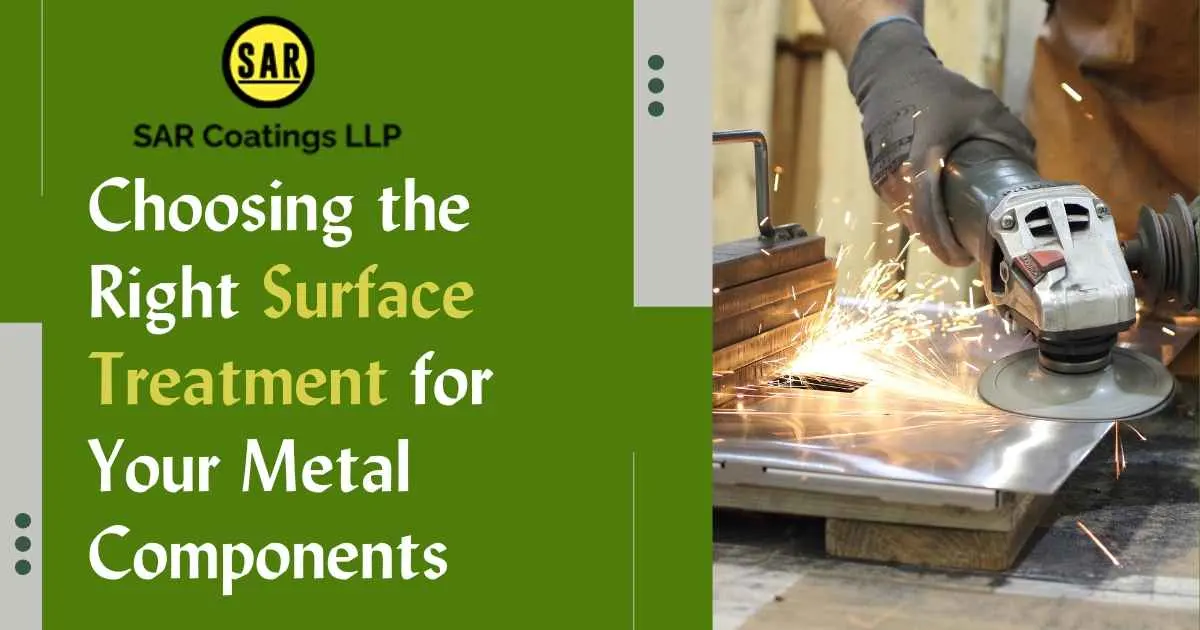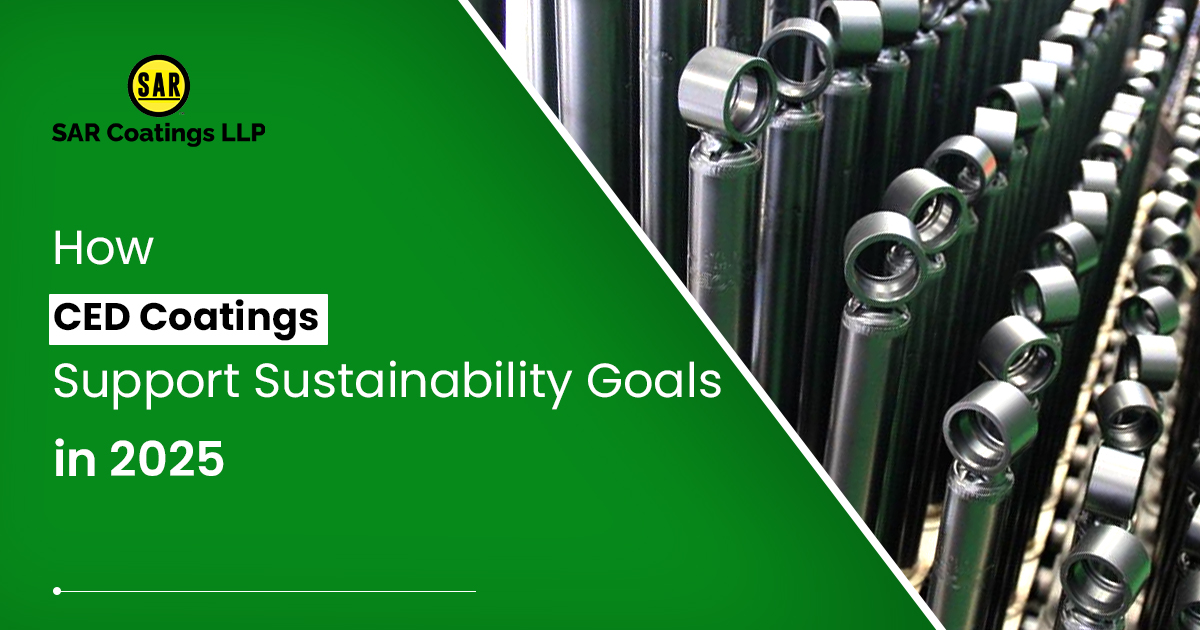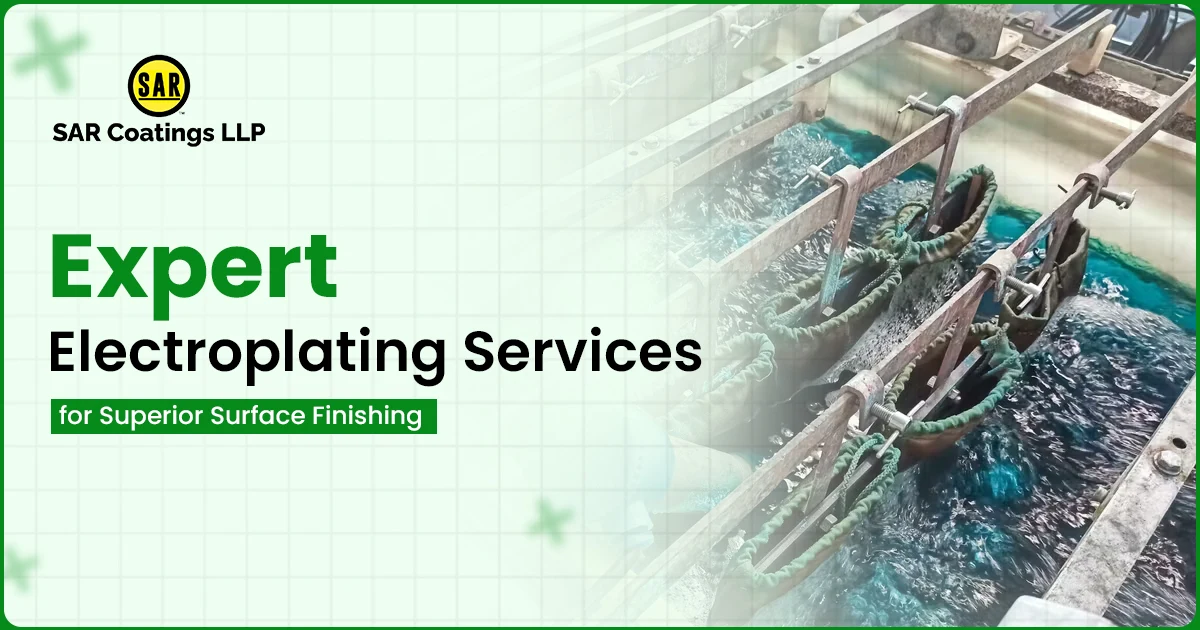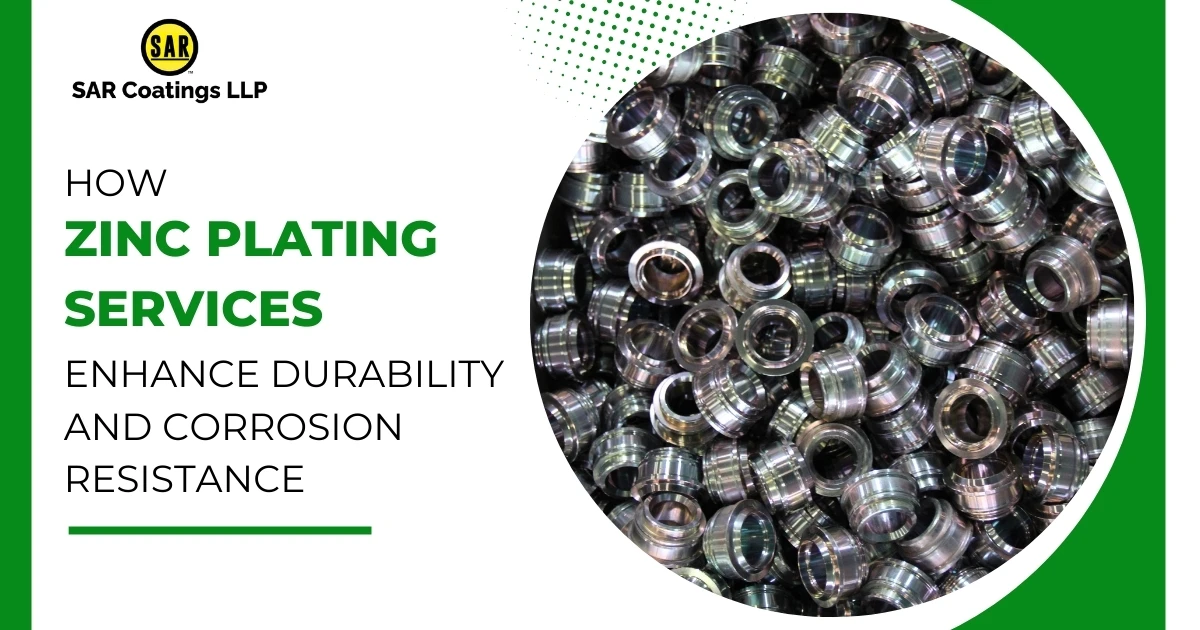
Choosing the Right Surface Treatment for Your Metal Components
When it comes to preserving the integrity and longevity of metal components, choosing the right surface treatment is crucial. Metal components are used in a wide range of industries, from automotive and aerospace to construction and manufacturing. The appropriate surface treatment can protect these components from corrosion, enhance their appearance, and even improve their performance. In this comprehensive guide, we'll delve into the world of surface treatment for metal components, exploring various options, their benefits, and the factors to consider when making the right choice.
Understanding the Importance of Surface Treatment
Before we dive into the different surface treatment options, it's essential to understand why surface treatment matters. Metal components are susceptible to various environmental factors that can degrade their quality and functionality over time. Corrosion, wear and tear, and exposure to harsh chemicals are just a few of the challenges these components face. Surface treatments act as a shield, protecting metal components from these threats and ensuring their long-term reliability.
Types of Surface Treatment
1. Powder Coating
Powder coating is a method where a dry powder is applied to the metal surface and then cured to create a hard, protective finish. It provides durability and comes in various colors and finishes, making it a versatile option for both protection and aesthetics.
2. Electroplating
Electroplating services involves depositing a layer of metal, such as chrome or nickel, onto the component's surface. This not only enhances corrosion resistance but can also provide a shiny, decorative finish.
3. ED Coating (Electrophoretic Deposition)
ED coating, or electrophoretic deposition, is a method where a component is immersed in a paint bath, and an electrical charge is applied to attract the paint particles to the metal surface. It provides an even, corrosion-resistant coating and is commonly used in the automotive industry.
4. CED Coating (Cathodic Electrodeposition)
CED coating, or cathodic electrodeposition, is a similar process to ED coating but utilizes a different electrodeposition method. It offers strong corrosion protection and is often used in the manufacturing of industrial equipment.
5. Zinc Plating
Zinc plating involves applying a layer of zinc to metal components, providing excellent corrosion resistance. It's a versatile treatment used in various industries, from automotive to electronics.
6. Liquid Painting
Liquid painting is a traditional method of applying a protective coating to metal components using paint. It offers a wide range of colors and finishes and is suitable for both protection and aesthetics.
Factors to Consider
Choosing the right surface treatment for your metal components requires careful consideration of several factors:
a. Material Type
Different metals require different surface treatments. For instance, aluminum components are often anodized, while steel components benefit from galvanization.
b. Environmental Conditions
Consider the environment in which the metal components will be used. If they will be exposed to moisture or corrosive chemicals, a robust corrosion-resistant treatment is essential.
c. Aesthetic Requirements
In cases where appearance matters, such as in consumer products, decorative surface treatments like painting or electroplating are ideal.
d. Budget
Your budget will play a significant role in determining the appropriate surface treatment. Certain treatments are more budget-friendly than others.
e. Maintenance Needs
Some surface treatments may require periodic maintenance, while others offer long-term protection with minimal upkeep.
Conclusion
Selecting the right surface treatment for your metal components is a critical decision that directly impacts their performance and longevity. By understanding the types of treatments available and considering factors like material type, environmental conditions, aesthetics, budget, and maintenance needs, you can make an informed choice. Whether you're protecting structural steel in a construction project or adding a touch of elegance to consumer goods, the right surface treatment ensures your metal components stand the test of time. So, take the time to choose wisely, and your metal components will repay you with years of reliable service.



